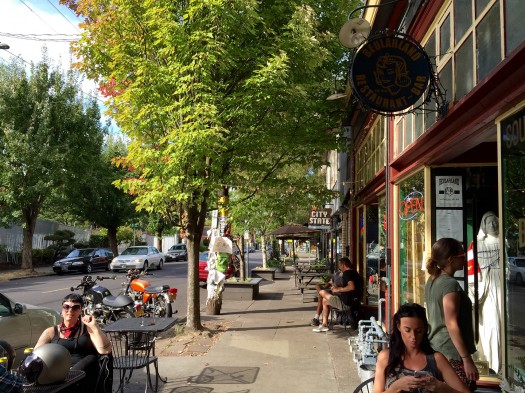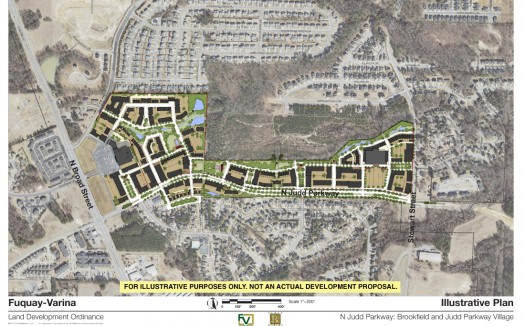Development
Thoughts on Seaside at 35
If memory serves, it was twenty years ago this year that Seaside, Florida, first showed up on my radar. That’s fairly early if you use the typical southeastern beach goer as your guide but not so early if your measure is the people who actually made Seaside happen. Their window was considerably different. In fact,…
Read MoreWalkability: It’s not about the buildings, or even the streets. It’s about the experience.
We are excited to see the high level of understanding in the Surgeon General’s Step It Up call to action last week, to promote walking and walkable communities. The Surgeon General noted, “Improving walkability means that communities are created or enhanced to make it safe and easy to walk and that pedestrian activity is encouraged…
Read MoreToronto’s Gardiner Expressway: Green light for removal this week?
Last week, passing my Canadian citizenship exam was a poignant moment for me. I am grateful to have dual citizenship in Canada and the US, with the right to live and work in both great countries. I realize that we often spend time on this blog talking about what stands in the way of great…
Read MoreIdeas Converging for Housing Opportunity: Some sorta oldish, lots very NUish
When we look back on this period, we might discover that the effort to ramp up realistic approaches to the challenges of community affordability reached some sort of tipping point in the spring and summer of 2015.
Read MorePlaceMakers’ Intrepid Inside-Baseball Highlight Reel from CNU23
Having just wrapped up what may have been our favorite CNU ever, in Dallas on April 29 through May 2, we want to share some of the ideas that resonated the most with us. The topics below are snippets of great insights from many voices, including the likes of Andrés Duany, Fort Worth Mayor Betsy…
Read MoreSuburban Retrofits: A deep dive
A couple weeks ago, Ellen Dunham-Jones produced a Placemaking@Work webinar that she described as a deep dive into the suburban retrofit case studies, with an hour-long lecture in preparation for the 23rd Congress for the New Urbanism in Dallas, April 29 through May 2. This session is free until the beginning of the CNU here,…
Read MoreWe’re all complicit in change. So now what?
For reasons both mysterious and irrelevant, Citylab’s Facebook page promoted a two and a half year old post on bike theft this weekend. What proved interesting about it, at least to me, is that in explaining market demand for stolen bicycles, it referenced a study on how people perceive different types of crime — finding…
Read MoreCan Preservationists Let Love Rule?
Call me naive. When I was first exposed to the New Urbanism in the 1990s, it was as a 9 to 5 brand marketer with an appreciation for music and art. Killing time one day in my dentist’s waiting room, I stumbled upon “Bye-Bye Suburban Dream,” the cover story of the latest Newsweek magazine. I…
Read More
Small to Go Big in 2015?
Maybe. Finally. Here’s why.
Those of us who’ve been tangling with status quo protectors in housing design and policymaking got a charge out of Justin Shubow’s Forbes blog post earlier this month. Shubow backhanded modernist starchitects for persisting in their personal artistic vision without regard to the human use of real places: “Modernism might appear outwardly impregnable: it dominates…
Read MoreThis Just In: No one is everyone, no place is every place
Now that the recent economic unpleasantness is behind us, we can resume the suburbanization of everywhere. The Economist apparently thinks so, given its recent special section headlined “The World Is Becoming Ever More Suburban, and the Better for It.”
Read More



